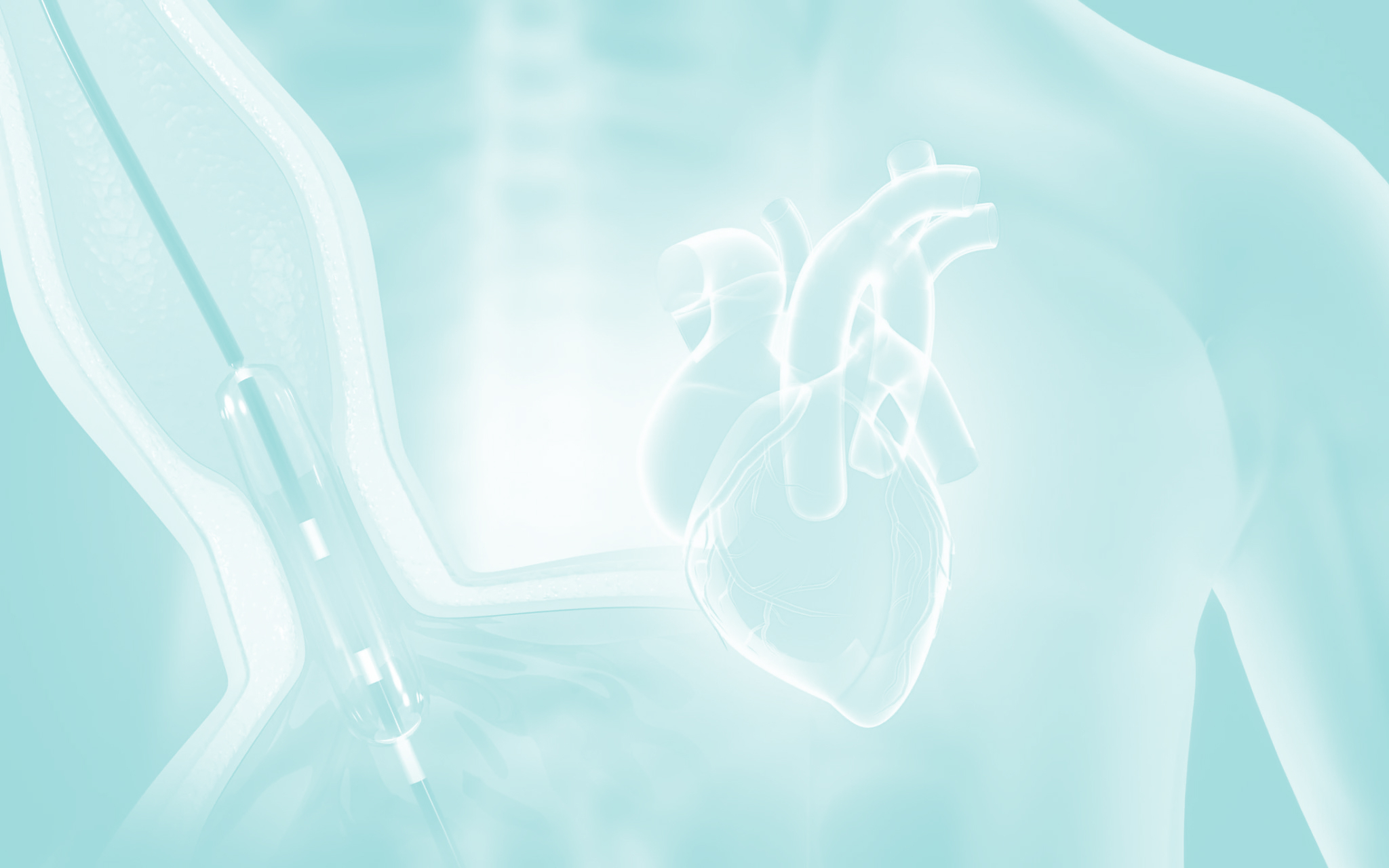The exercise stress test measures the function of the heart, lungs and blood vessels when the body is under pressure. It helps to diagnose blocked arteries in the heart (coronary artery disease), or assess abnormal heartbeats.
The test is performed at our clinic by our trained cardiac physiologists.
You can’t eat anything two hours prior to your test. You may drink water during this time but no caffeine such as coffee, Coke or tea.
Before your test please take your usual medication, unless your cardiologist has advised otherwise.
You need to wear comfortable clothing and rubber soled walking or running shoes that are suitable for exercising. We suggest wearing shorts or pants as clothing from the waist up will be removed during the test to gain access to your chest.
Do not use bath oil, lotion or powder on the morning of your test. You may use deodorant.
Before the test starts, an electrocardiogram (ECG) will be taken. This is a paper recording of your heartbeat.
Your heart will be exercised or ‘stressed’ by walking on a treadmill. The speed and slope of the treadmill will increase every three minutes to make your heart do more work. The test will be stopped immediately if you have severe chest pain, become very tired or become very short of breath.
Your pulse, blood pressure and electrocardiogram will be monitored during and after the test. If your doctor is worried about this, the test will be stopped. If you feel unwell at any stage you should tell us immediately.
A test such as this one carries some element of risk, often very small and rare.
Your doctor has balanced the benefits and risks of carrying it out against the benefits and risks of not proceeding. If your doctor has recommended this test, they believe there is benefit to you going ahead.
It’s important you understand the risks involved so you can make an informed decision.
Here are the most commonly reported risks and complications associated with an exercise stress test.
Common risks and complications (more than 5% of cases)
- Mild angina • Shortness of breath\
- Musculoskeletal discomfort
Uncommon risks and complications (1-5% of cases)
- Low blood pressure
Rare risks and complications (less than 1% of cases)
- Fainting
- Abnormal heart rhythm that continues for a long time-this may need an electric shock to correct
- Build up of fluid in the lungs-you may need medication to treat this
- Severe chest pain—this is treated with medications
- Heart attack
- Death as a result of this procedure is extremely rare

